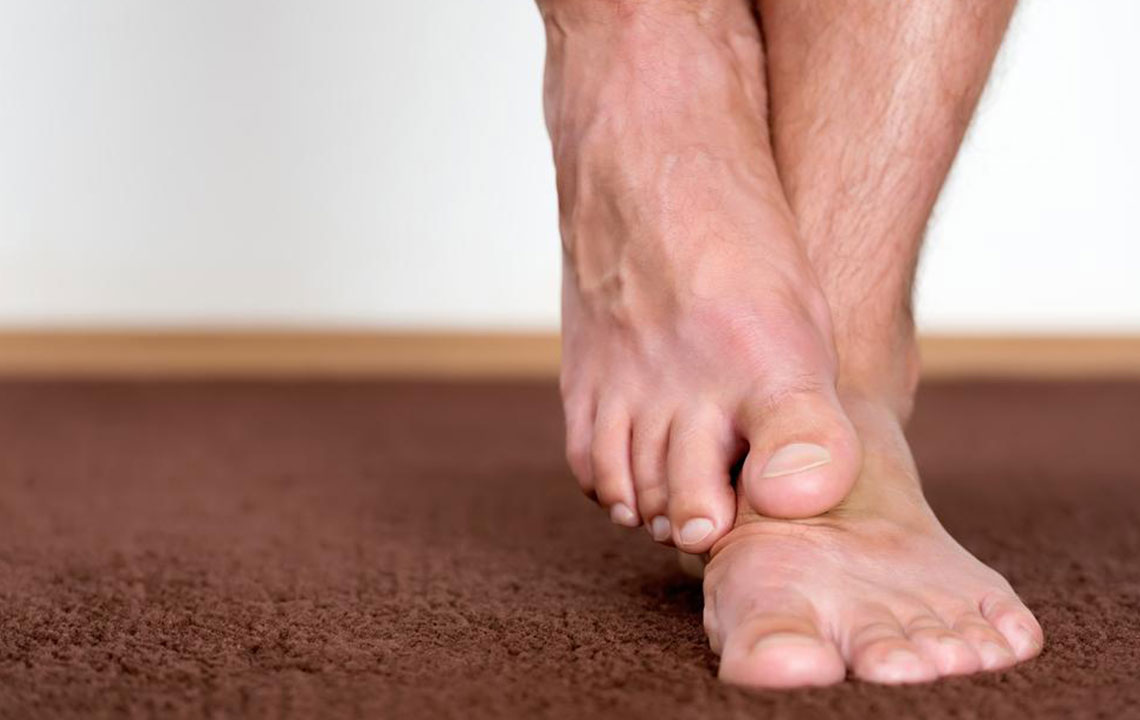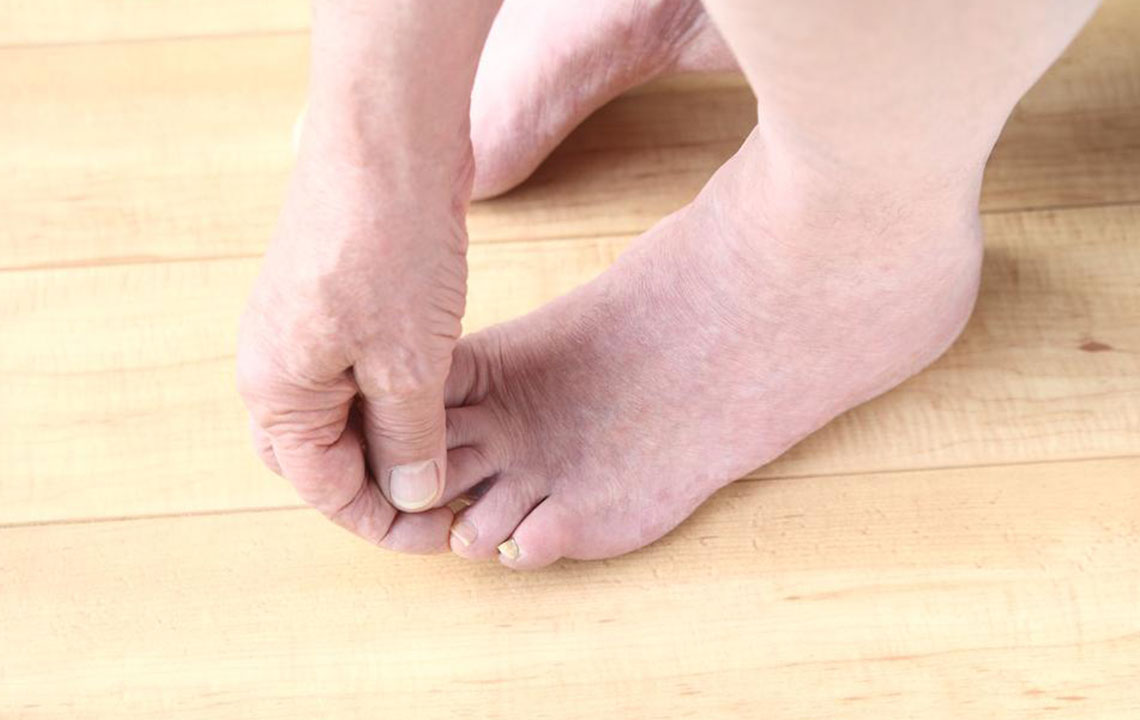Comprehensive Guide to Neuropathy Pain: Causes, Recognizing Symptoms, and Effective Management Techniques
This comprehensive article explores neuropathy pain, detailing its causes, symptoms, and management strategies. It emphasizes early diagnosis, understanding root causes like diabetes and nerve injuries, and discusses both medical and complementary treatment options. Practical advice on managing foot-related neuropathies and improving quality of life is included, making it a valuable resource for patients and healthcare providers seeking detailed insights into this often misunderstood condition.

Comprehensive Guide to Neuropathy Pain: Causes, Recognizing Symptoms, and Effective Management Techniques
In-depth exploration of neuropathy pain: its origins, clinical signs, and treatment options
Neuropathy pain, a complex and often debilitating condition, presents as persistent burning, stabbing, or shooting sensations resulting from nerve damage or dysfunction. When nerves fail to transmit signals correctly, individuals may experience symptoms such as numbness, tingling, and fluctuating pain that can interfere with daily life. This type of pain is commonly associated with various nerve-related disorders, including peripheral neuropathies, central nervous system injuries, and systemic conditions. Understanding the underlying causes, identifying the symptoms early, and implementing effective management strategies are key to improving quality of life for those affected.
Recognizing Signatures of Neuropathy Pain
Diagnosing neuropathy pain requires careful clinical evaluation, combining patient-reported symptoms with physical examinations. Clinicians typically start by gathering detailed descriptions of the sensations experienced—such as sharp, burning, tingling, or cold feelings—and noting any patterns or triggers. Patients may report increased sensitivity to touch or pressure, or pain that worsens at certain times of day. To quantify pain severity and impact, healthcare providers utilize visual analog scales, numeric rating scales, and functional assessments. These tools, combined with a thorough physical examination focusing on affected areas, enable precise identification of nerve involvement and guide tailored treatment approaches.
Proper diagnosis involves analyzing symptom descriptions, physical observations, and sometimes additional tests like nerve conduction studies or ultrasounds. The characteristic sensations—such as stabbing, burning, tingling, or heat/cold dysesthesias—help differentiate neuropathic pain from other types of discomfort. Identifying associated health conditions, such as autoimmune diseases or previous nerve injuries, is also crucial for comprehensive care.
Root Causes of Neuropathy Pain
The etiology of neuropathic pain is often multifactorial, with some causes remaining idiopathic. However, several well-documented contributors include:
Diabetes mellitus, especially when blood sugar levels are poorly controlled
Chemotherapy-induced nerve damage
Multiple myeloma and other cancers
HIV/AIDS-related nerve involvement
Multiple sclerosis and other autoimmune diseases
Chronic alcohol abuse
Vitamins deficiencies, such as B12 deficiency
Facial nerve or cranial nerve disorders
Post-surgical nerve injury
Herpes zoster, leading to shingles
Infections like syphilis
Thyroid dysfunctions
Spinal nerve compression from herniated discs, arthritis, or spinal stenosis
Trauma or physical injuries
Understanding these causes is fundamental for devising effective treatment plans, targeting the root of the problem along with symptomatic relief.
Strategies for Managing Neuropathy Pain
Managing neuropathic pain is often multifaceted. First-line treatments typically include pharmacologic approaches, such as antidepressants (e.g., amitriptyline, duloxetine) which modulate nerve pain pathways, and anticonvulsants like gabapentin or pregabalin. Non-steroidal anti-inflammatory drugs (NSAIDs) may provide partial relief, especially if inflammation is involved. In severe cases, physicians might prescribe stronger medications or opioids, carefully weighing risks and benefits.
Aside from medication, controlling underlying conditions—such as maintaining optimal blood glucose levels in diabetics—can significantly reduce neuropathy symptoms. Advanced interventions, including nerve stimulation techniques like transcutaneous electrical nerve stimulation (TENS), may be employed for refractory cases. Complementary therapies such as acupuncture, massage, meditation, and relaxation techniques have also shown promise in alleviating discomfort and improving overall functioning. Psychological support and counseling can be beneficial for managing the emotional toll associated with chronic pain.
Peripheral Neuropathy, Especially in the Feet
Peripheral neuropathy affecting the feet is a common complication, particularly among aging populations and individuals with diabetes. The nature and severity of symptoms depend on which nerves are involved. Sensory nerve damage can lead to burning sensations, numbness, tingling, and increased sensitivity to stimuli. Motor nerve impairment may cause muscle weakness, coordination problems, and even paralysis in severe cases. Autonomic nerve involvement can disrupt blood pressure regulation, cause gastrointestinal issues, and lead to other systemic problems.
Contributing factors extend beyond diabetes, including genetic predispositions, exposure to infections, certain chemotherapy regimens, nutritional deficiencies, autoimmune conditions, radiation therapy, trauma, kidney disorders, and connective tissue diseases. Recognizing these factors aids clinicians in crafting targeted therapies.
Specific Foot Neuropathies and Their Management
Diabetic Sensorimotor Neuropathy: Affects multiple nerve types, often impacting the feet and lower limbs, leading to numbness, tingling, and burning sensations, especially in poorly controlled diabetes. Managing blood sugar remains critical.
Morton’s Neuroma: Also known as interdigital neuroma, this involves nerve entrapment between toes resulting in sharp foot pain, especially during walking or standing, without significant loss of movement but affecting sensation.
Tarsal Tunnel Syndrome: Compression of the tibial nerve causes inside-ankle pain, numbness, and shooting sensations down the foot and lower leg, exacerbated during activity. Treatment may involve physical therapy, orthotics, or surgical decompression if conservative measures fail.
Optimal management hinges on early diagnosis and targeted interventions—like vitamin supplementation or blood glucose control in diabetics. Although nerve regeneration can be limited, symptom reduction and improved functionality are achievable outcomes, enhancing patient quality of life significantly.





